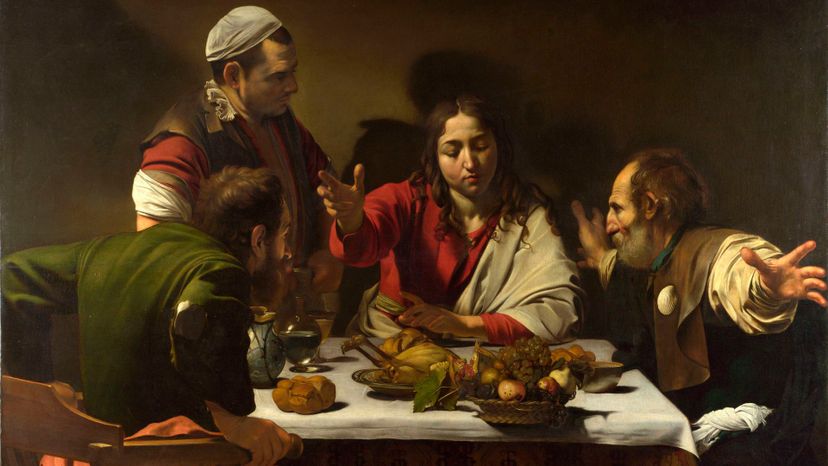
About This Quiz
Quick, think of a famous painting! What do you see?
If you're like most people, you just visualized the Mona Lisa, The Last Supper or the Sistine Chapel's The Creation of Adam.
What do these masterpieces have in common? They were all created by Italian Renaissance painters. Few epochs in Western history have yielded as many great paintings as the Italian Renaissance. Lasting from the 14th century through the 17th century, the Italian Renaissance inspired paintings which have survived to become the crowning grace of places where they were painted directly onto the ceilings and walls of churches and palazzos, cannot be moved but today enjoy the prestige of being world heritage sites.
These paintings were created by Leonardo da Vinci, Caravaggio, Titian, Raphael, Michaelangelo, Fra Angelico, Sandro Botticelli, Giorgione, Lorenzo Lotto and Masaccio and Piero della Francesca — masters who are still studied in modern art schools. Although their work was often created on commission for wealthy patrons or the Catholic Church, these artists put their hearts and souls into these creations, managing to say something about the human spirit which is still relevant to art lovers today.
Are you ready to prove your love of art? Come on, let's test your Renaissance painting knowledge!
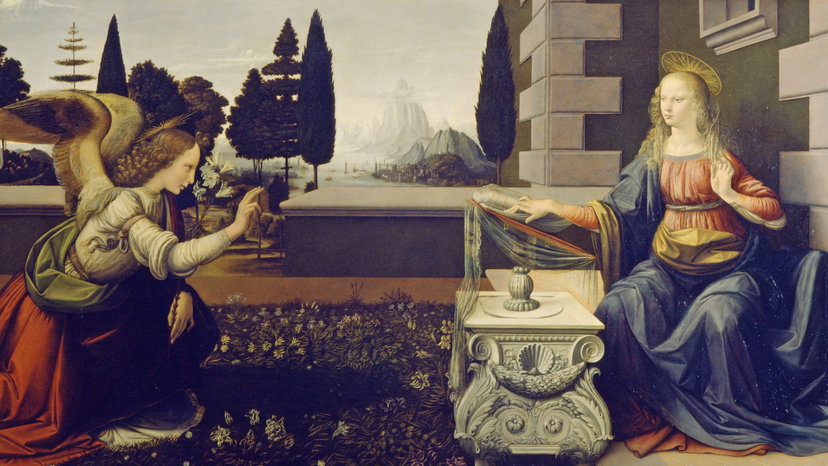
Annunciation is an oil and tempera on panel painting which was created between 1472 and 1475 by Italian artists Leonardo da Vinci and Andrea del Verrocchio. Currently housed at the Uffizi gallery in Florence, the inspiration for the painting is taken from the Bible verse Luke 1:26–39, which foretells the birth of Jesus.
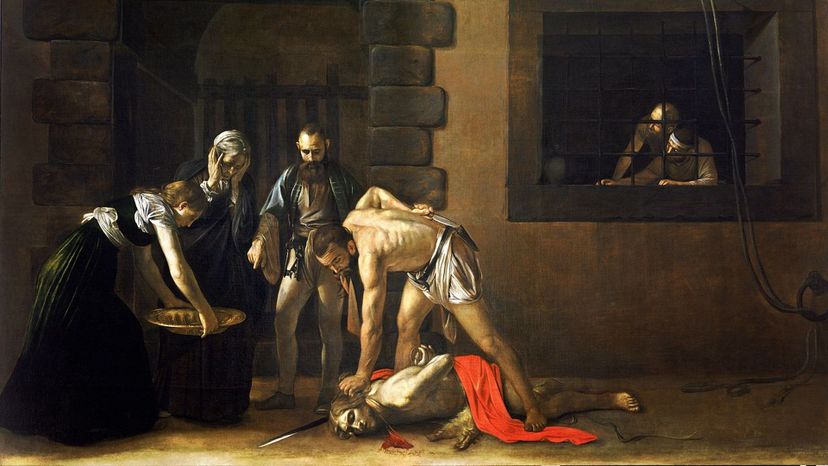
The Beheading of St. John the Baptist, created by Italian artist Caravaggio in 1608, is a 12- by 17-foot oil painting. Currently on display at St. John's Co-Cathedral in Valletta, which is dedicated to St. John, the work takes as its topic the cruel execution of this disciple, who was said to be Jesus's cousin.
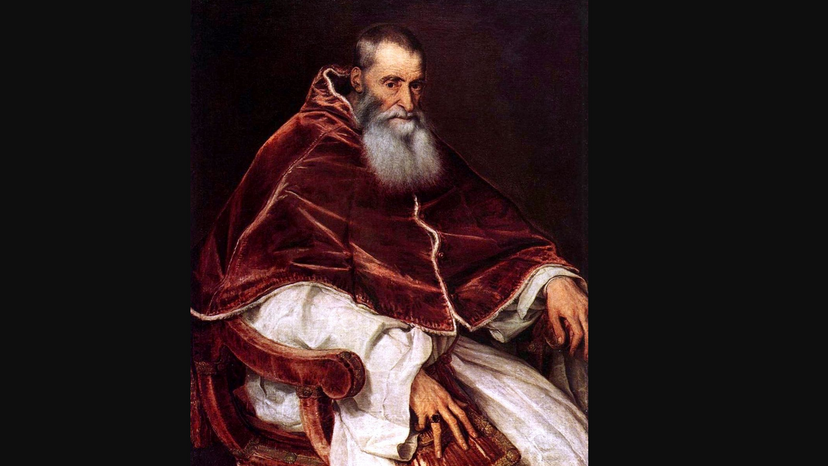
Portrait of Pope Paul III is a painting of Pope Paul III, created by the Italian artist Titian during the pope’s visit to Italy in 1543. Titian was renowned for his use of color, especially red, as well as the subtlety of his portraits. Both of these qualities are on display in this painting, which can be found at the Museo di Capodimonte in Naples.
Advertisement
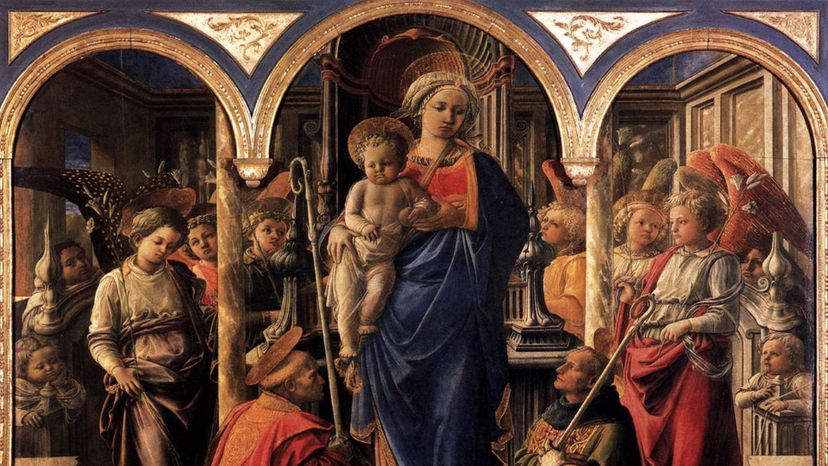
The Babadori Altarpiece is a tempera on panel painting, created by the Italian artist Filippo Lippi in 1438. Currently on display at the Louvre Museum in Paris, it was commissioned by the church of Santo Spirito, which needed an altarpiece.
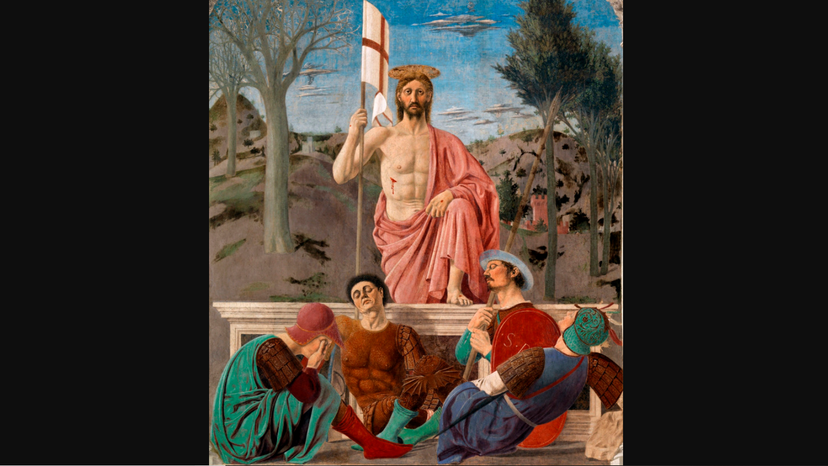
The Resurrection is a fresco painting which was created by the Italian artist Piero della Francesca sometime in the 1460s. The painting was almost destroyed by shelling from British soldiers during World War II; however, British artillery officer Tony Clarke had read Aldous Huxley's famous essay on the painting. He ignored orders to shell the town, preserving the painting and making him a local hero to this day.
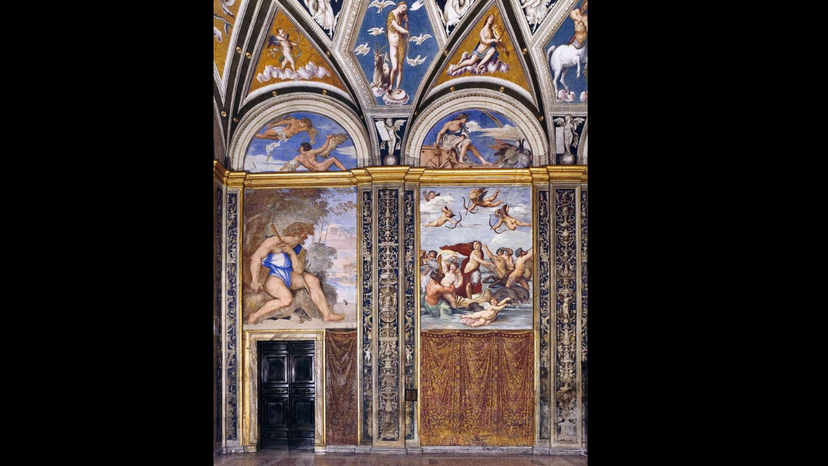
The Triumph of Galatea is a fresco painting created by Raphael in 1514 for the Villa Farnesina. It was inspired by the work of the poet Angelo Poliziano, who wrote about the star-crossed love between Galatea, a nymph, and Acis, a shepherd. Wealthy banker Agostino Chigi funded the work.
Advertisement
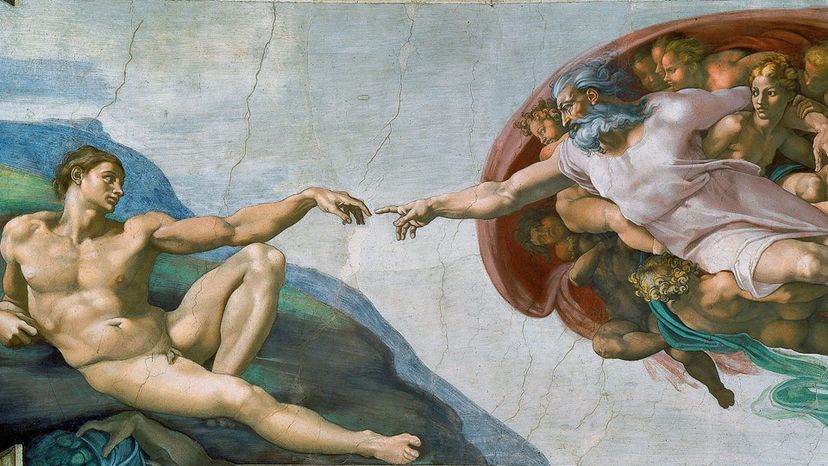
The Creation of Adam (or Creazione di Adamo, in Italian) is a fresco painting by Michelangelo, painted on the Sistine Chapel’s ceiling between 1508 and 1512. It depicts God giving Adam life and is one of the most famous paintings of all time.
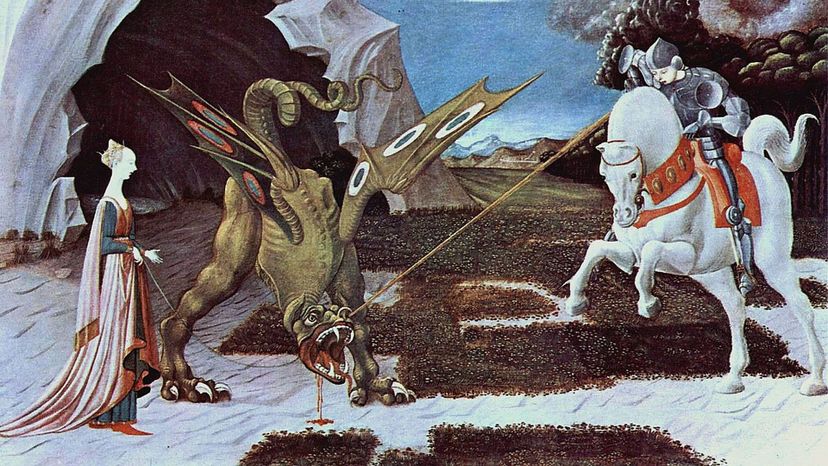
Saint George and the Dragon is an oil on canvas painting which is rumored to have been created in 1470 by the Italian artist Paolo Uccello. Inspired by a legend of the same name, the painting can now be found at the National Gallery in London.
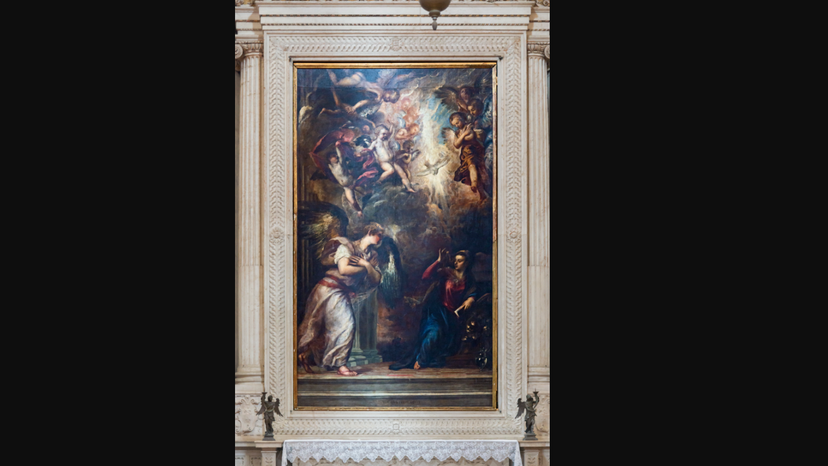
This is Titian's version of The Annunciation, a popular biblical subject for Renaissance painters (we've included Da Vinci's Annunciation earlier in this quiz). Commissioned and completed by 1564, the painting can be found in the church of San Salvador in Venice.
Advertisement

The Marriage of the Virgin, which is also called “Lo Sposalizio”, is an oil on canvas painting which was commissioned by Pietro Perugino, Raphael's teacher. He started the painting but Raphael finished it in his absence, some time during 1504. Today, it can be viewed at the Pinacoteca di Brera in Milan.
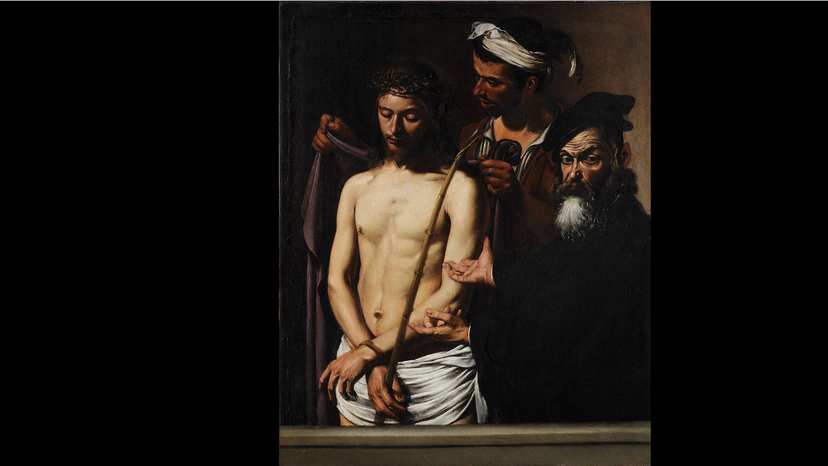
Ecce Homo, which means “behold the man” in Latin, is a painting by Caravaggio, created in 1605. Taken from John 19, it shows Pontius Pilate showing Christ off to the crowd after he's been flogged and crowned with thorns.
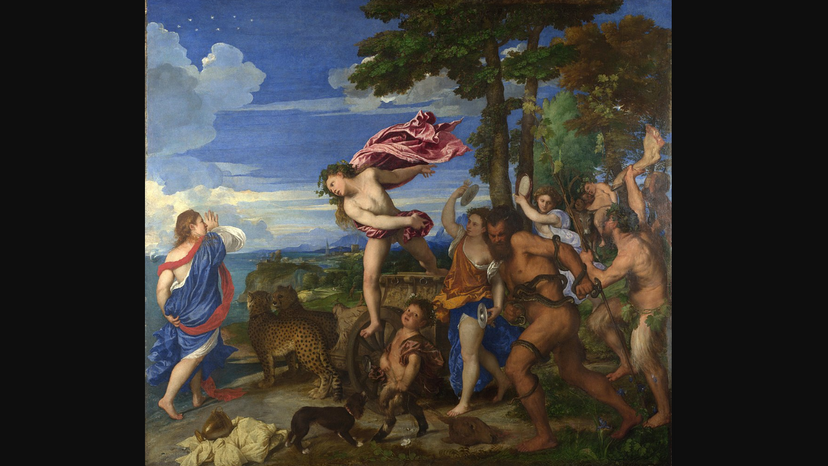
Bacchus and Ariadne was created by Titian between 1522 and 1523. Originally commissioned to Raphael, who died after only drawing a sketch of the work, the commission was then given to Titian, who made it into what critics consider to be one of his greatest pieces. The painting can now be found at the National Gallery in London.
Advertisement
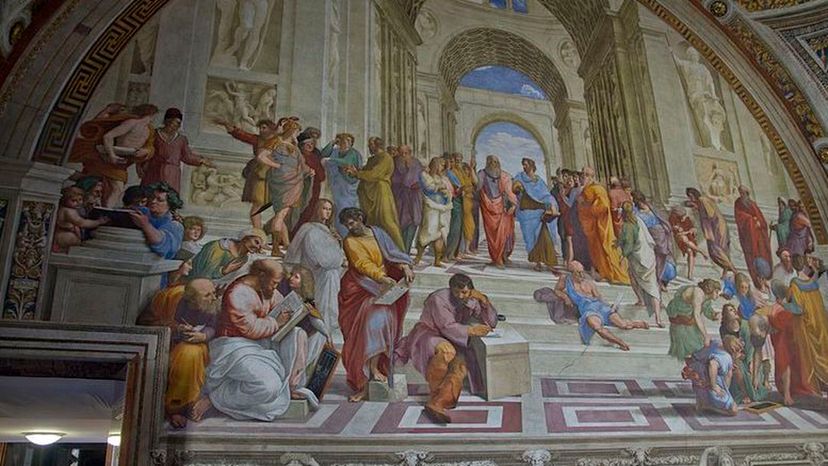
The School of Athens is a fresco painting by Raphael, painted between 1509 and 1511. It was part of a series of paintings which Raphael was commissioned to do in the Apostolic Palace in the Vatican. This painting represents philosophy and depicts many historical Greek philosophers, as it's part of a group of paintings which show the different branches of knowledge.
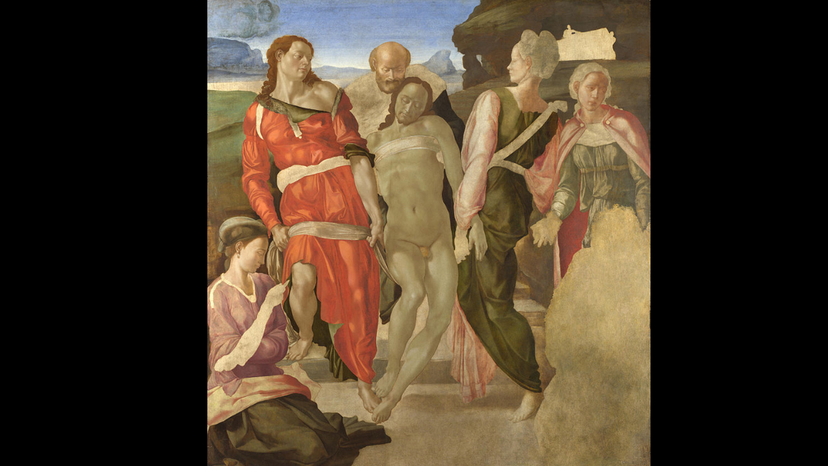
The Entombment is an unfinished tempera on panel painting which was created by Michelangelo. Currently housed in the National Gallery in London, the painting is meant to show the placing of Jesus’ body in his tomb (before the Resurrection). Scholars aren't sure why Michelangelo didn't finish it. Some think it was because he received the piece of marble from which he would sculpt David; others think he didn't finish the painting because he couldn't afford the blue paint needed to do so (blue paint was very expensive during the Renaissance, as it had to be ground from lapis lazuli stones).
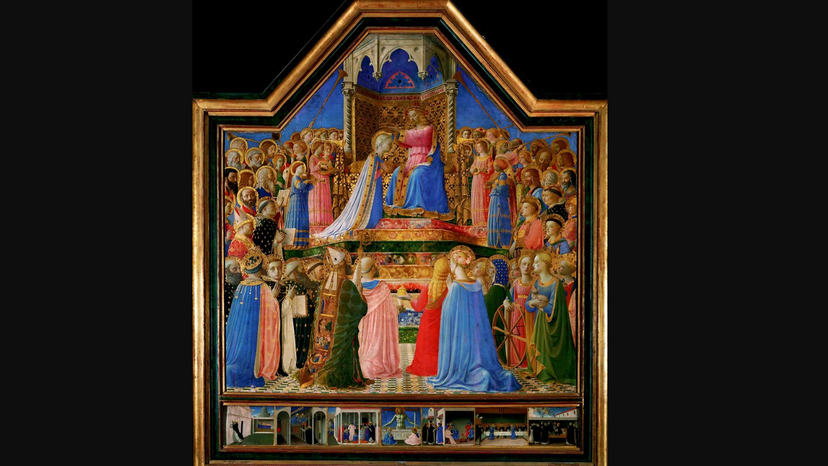
The Coronation of the Virgin is a tempera on panel painting which depicts the coronation of the Virgin Mary. Created by the Renaissance artist Fra Angelico between 1434 and 1435, it can be seen on display at the Musée du Louvre in Paris. The smaller, comic strip-like series of paintings along the bottom of the picture is called a padella, and is a common feature of Renaissance paintings.
Advertisement
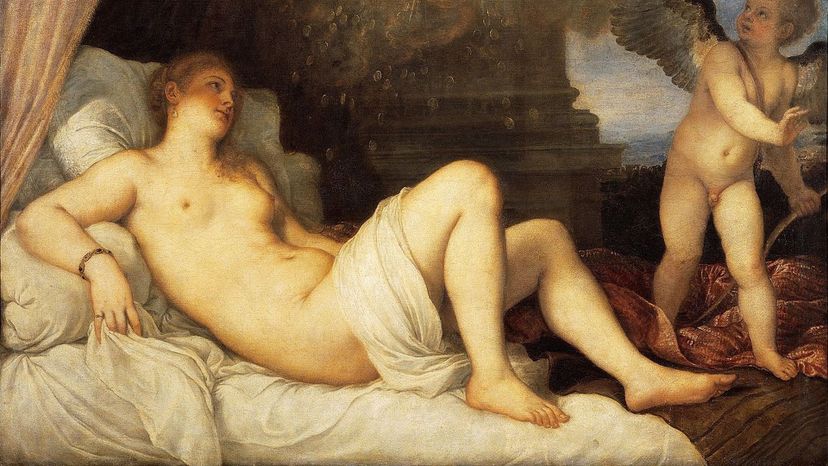
Danaë is a series of paintings which were created by Titian between 1544 and 1560. All of the paintings were based on the mythological princess Danaë, who was locked in a tower after an oracle prophesized that her firstborn child would kill her father.
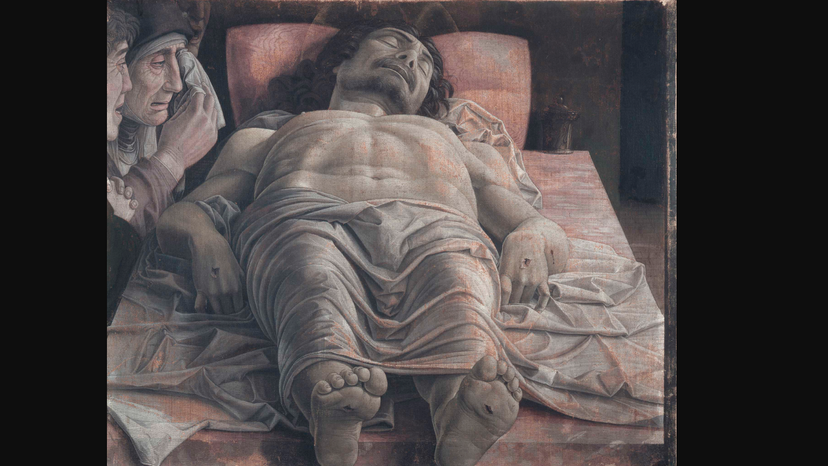
The Lamentation of Christ, also called Lamentation over the Dead Christ, is a tempera on canvas painting which was created by artist Andrea Mantegna in 1480. It's currently housed at the Pinacoteca di Brera in Milan. The Lamentation of Christ was a theme taken on by many Renaissance painters, but this version is unusual because of how realistic it is. Christ's body and face are not idealized at all, unlike other versions of The Lamentation.
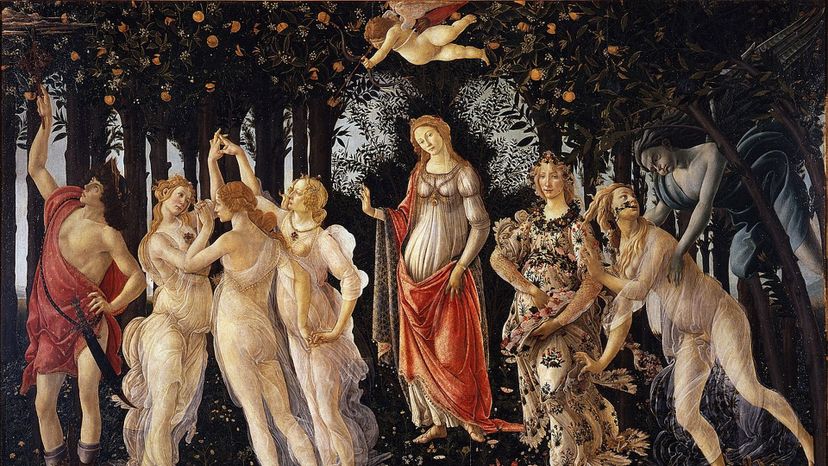
Primavera is a large tempera on panel painting which was created by the Renaissance painter Sandro Botticelli at some point between the 1470s and the 1480s. Currently found at the Uffizi Gallery, this is one of the artist's most famous works, and an icon of the Italian Renaissance. Critics love arguing about the true meaning of the painting, which is unclear, although theories abound.
Advertisement
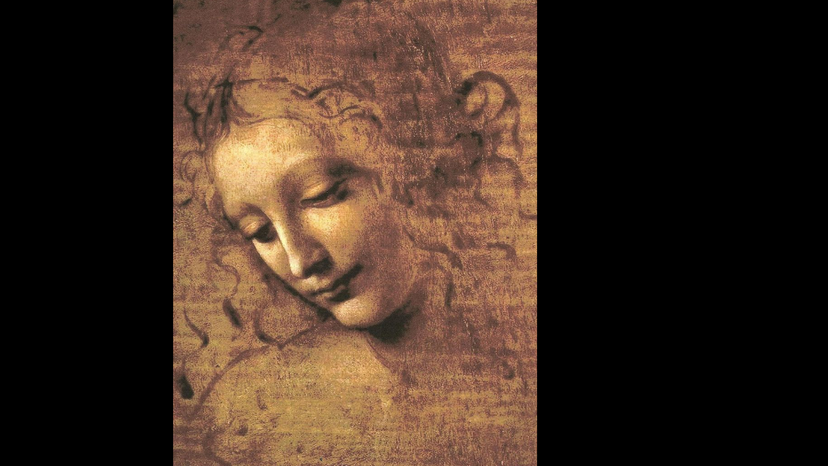
The Head of a Woman, also called La Scapigliata, is currently housed in the Galleria Nazionale di Parma. This oil on wood painting dates back to 1500 and was created by Da Vinci for the private chamber of the wife of the Marquis of Montferrat. It depicts the Madonna, which is the Italian name for the Virgin Mary.

The Sleeping Venus, also called Dresden Venus, is an oil on canvas painting which is said to have been begun by the painter Giorgione. However, Titian completed it after Giorgione passed away. Currently on display at the Gemäldegalerie in Dresden, the painting portrays goddess of love as she sleeps. This was one of the first reclining nudes ever painted, and it had a major influence on the history of art, inspiring many artists through the centuries to imitate this theme and subject.
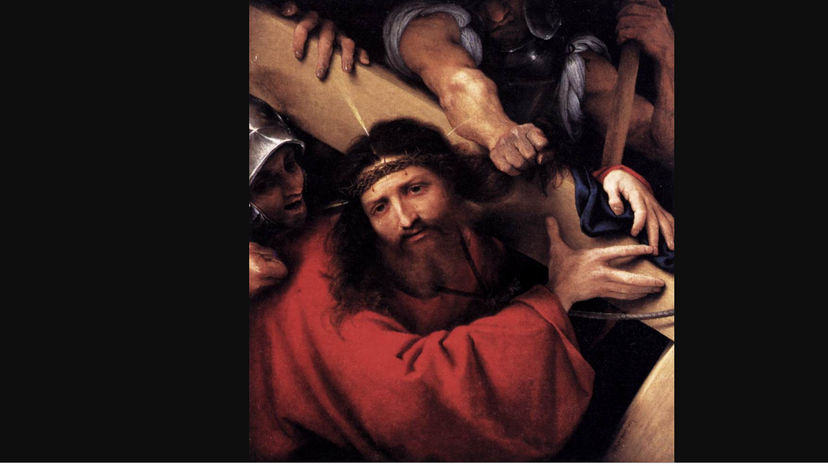
Christ Carrying the Cross is an oil on canvas painting created by Italian artist Lorenzo Lotto in 1526. Currently housed at the Louvre Museum in Paris, the painting depicts Christ holding his cross as he walks through a sea of violent figures.
Advertisement
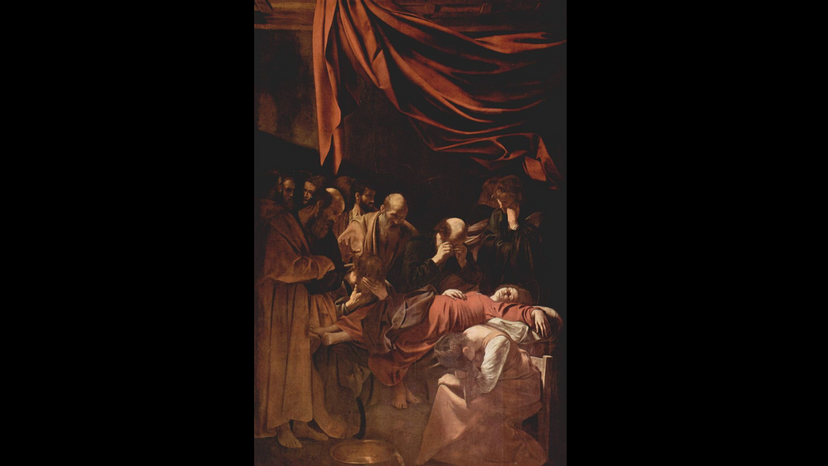
Death of the Virgin is an oil on canvas painting by Caravaggio, created between 1604 and 1606. The painting was commissioned for a chapel in Rome but was quickly rejected for several reasons (one being that it was thought that Caravaggio had made his mistress pose as Mary for the painting). Today, it can be found at the Louvre.
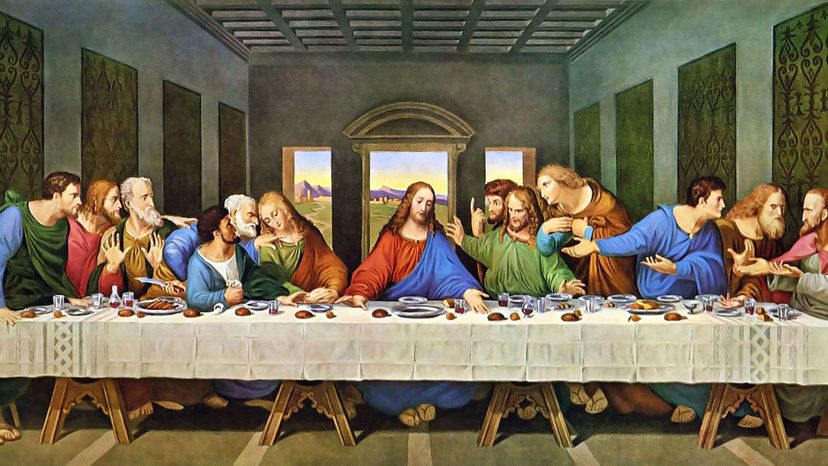
The Last Supper is a mural by Da Vinci, painted in the late 15th century. One of the most famous paintings of all time, it depicts the 12 disciples and Jesus Christ, eating together the night before the Crucifixion. It can be found today at the Santa Maria delle Grazie in Milan.
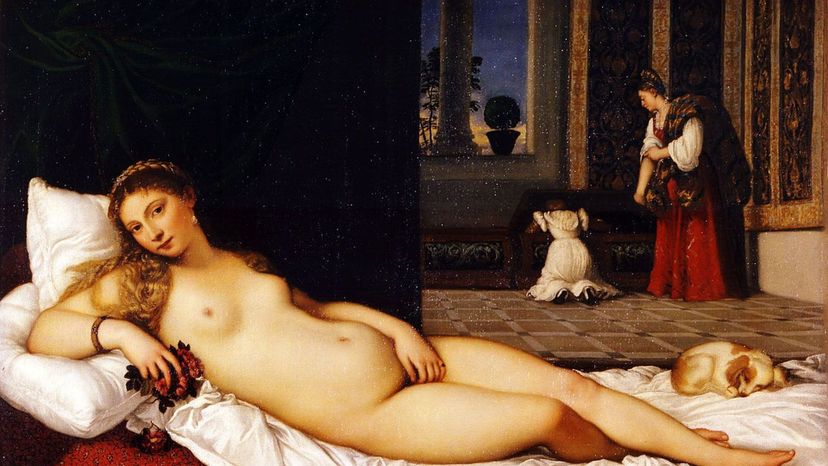
Venus of Urbino is an oil on canvas painting of a nude young woman, likely the famous courtesan Angela Zaffetta. Created by Titian, this painting possesses a strong sensuality. Mark Twain later mocked it, calling it "the foulest, the vilest, the obscenest picture the world possesses".
Advertisement
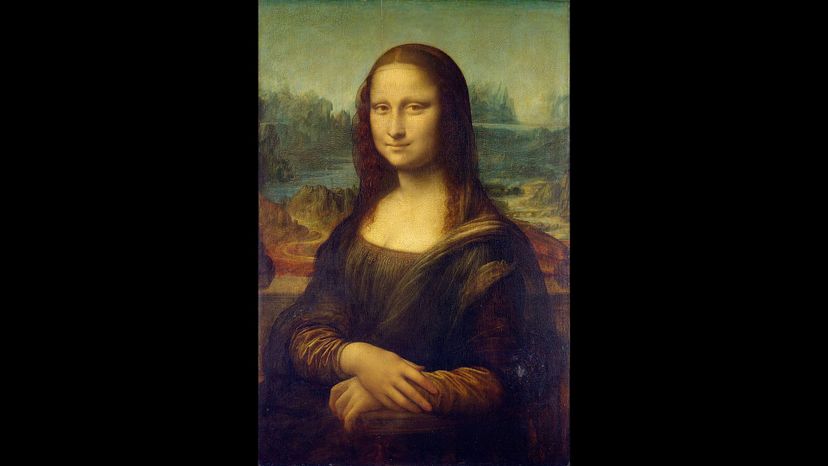
The Mona Lisa is an oil on panel half-length portrait painting, created by Da Vinci between 1503 and 1517. Currently on display at the Louvre in Paris, it is the most famous work of art in the world and is estimated to be worth $800 million.
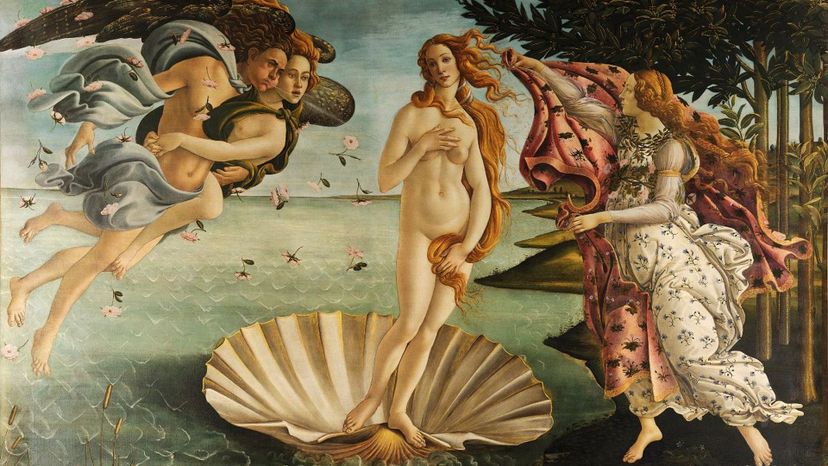
The Birth of Venus is a tempera painting, created by Botticelli around the mid-1480s. It shows the goddess Venus arriving on shore, soon after her birth as a fully-grown woman. This incredibly famous painting can currently be seen at the Uffizi Gallery in Florence.
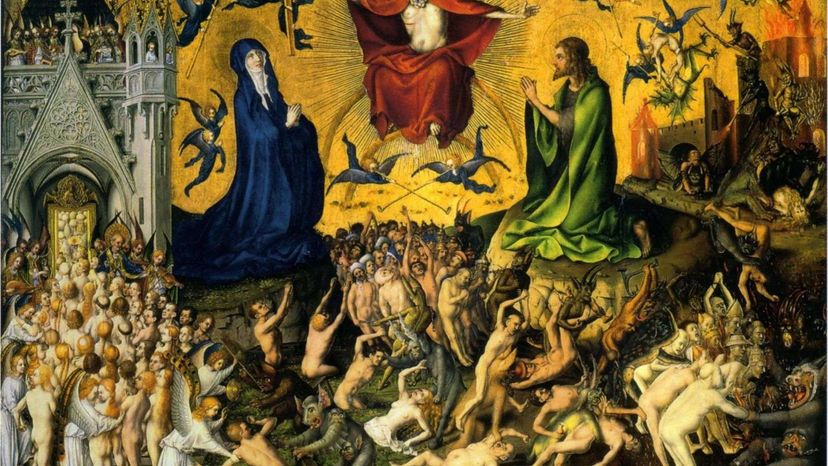
The Last Judgement is a fresco painting which took Michelangelo five years to complete. It covers the entire altar wall of the Sistine Chapel, and depicts the Second Coming of Jesus Christ and the Final Judgment of the world by God.
Advertisement
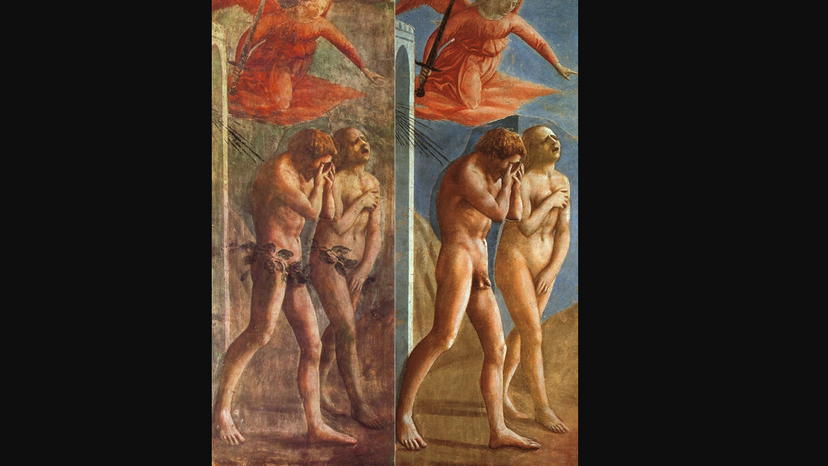
Expulsion from the Garden of Eden is a fresco painting created by the Italian artist Masaccio around 1425. It was painted on the walls of the Brancacci Chapel in Florence. As its title suggests, it shows the removal of Adam and Eve from the Garden of Eden, another common theme for Renaissance painters. The image above shows the painting before and after its restoration, as three centuries after it was painted, Cosimo III de' Medici ordered that fig leaves be painted atop the figures' genitals, in order to make the picture more "appropriate".
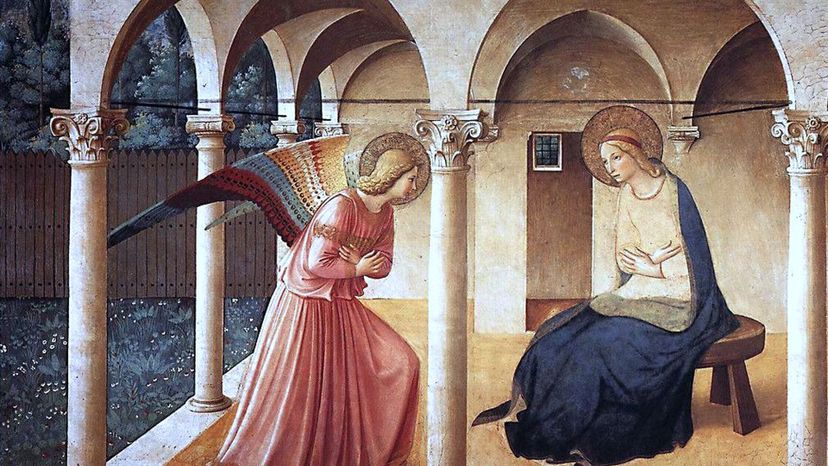
The Annunciation is a fresco painting which was commissioned to Fra Angelico by Cosimo de’ Medici after he rebuilt the Convent of San Marco. This painting is one of more than 50 pieces created for the convent by Fra Angelico, all of which can still be found on-site. This version of The Annunciation is notable because it is one of the first paintings on this theme to use perspective and light in more realistic ways, ushering in the Renaissance era of realist painting.
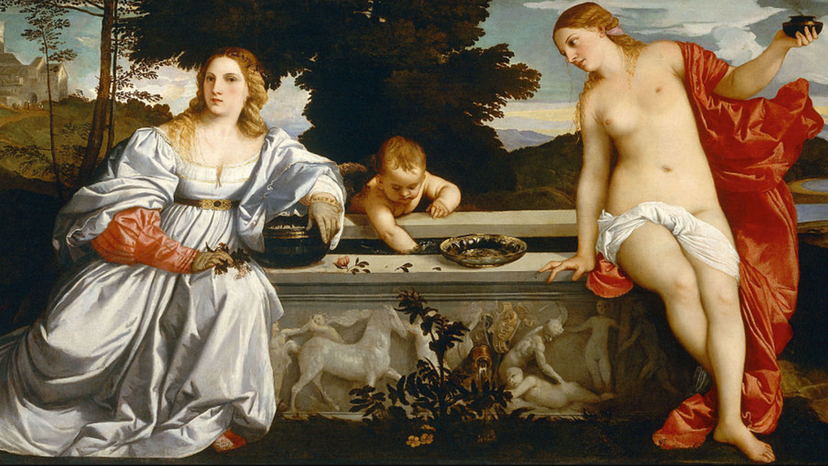
Sacred and Profane Love is an oil on canvas painting which was created between 1514 and 1515 by Titian, very early in his career. It was commissioned to celebrate a marriage, and depicts the bride alongside Cupid and the goddess Venus. Titian's celebrated use of red is highlighted in this painting.
Advertisement
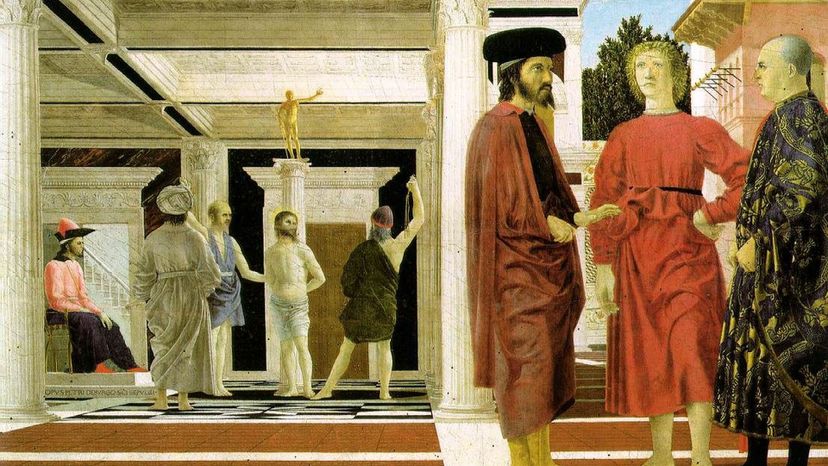
Flagellation of Christ is an oil and tempera painting by Piero della Francesca, created between 1455 and 1460. It's currently housed in the Galleria Nazionale della Marche in Urbino, Italy. Based on several Bible verses, it shows the beating (flagellation) of Christ by Roman soldiers.
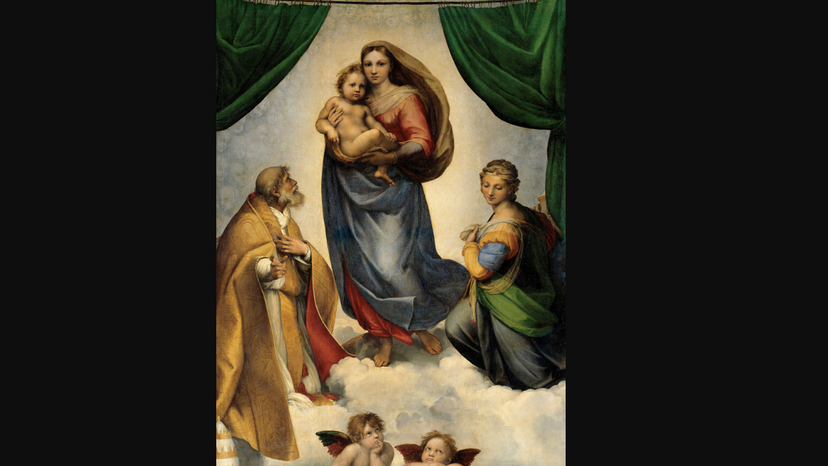
The Sistine Madonna is an oil on canvas painting which was commissioned to Raphael by Pope Julius II in 1512. Currently found at the Gemäldegalerie Alte Meister in Dresden, it is one of the last Madonna paintings created by the artist. A rare work, it was lost during World War II and not returned to Germany until the death of Stalin.
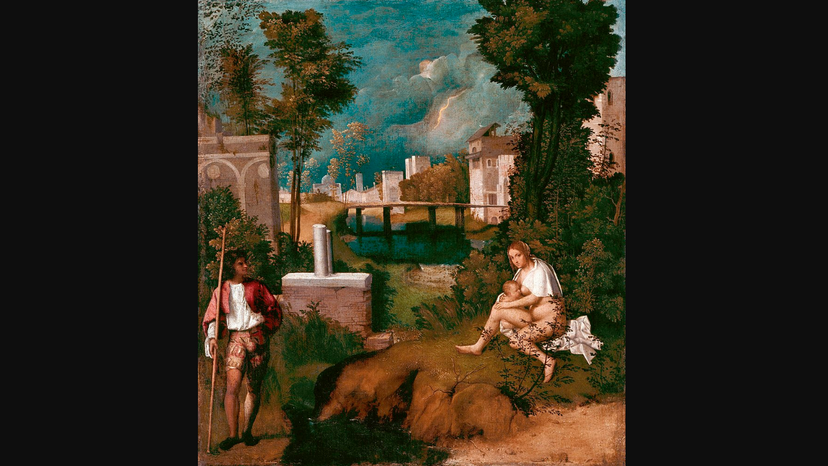
The Tempest, also called La Tempesta in Italian, is an oil painting by Giorgione, created between 1506 and 1508. The meaning of this foreboding painting is unclear. Critics and writers throughout history have speculated about the symbolism of The Tempest, including Neil Gaiman and Lord Byron.
Advertisement
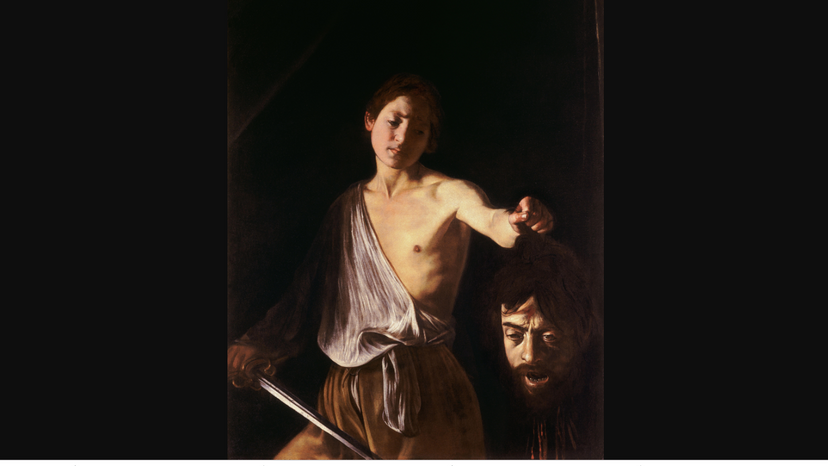
David with the Head of Goliath is an oil on canvas painting by Caravaggio, painted in 1610. Based on the biblical tale of David and Goliath, the artist captures a sad and compassionate David, who holds a sword in one hand and the head in the other. Goliath's head is actually a self-portrait of Caravaggio, which he painted fleeing Rome because he was accused of murder. He sent this painting to the pope in 1610, as a way of asking for pardon. He ultimately was pardoned, but unfortunately died before he found out that this was the case.
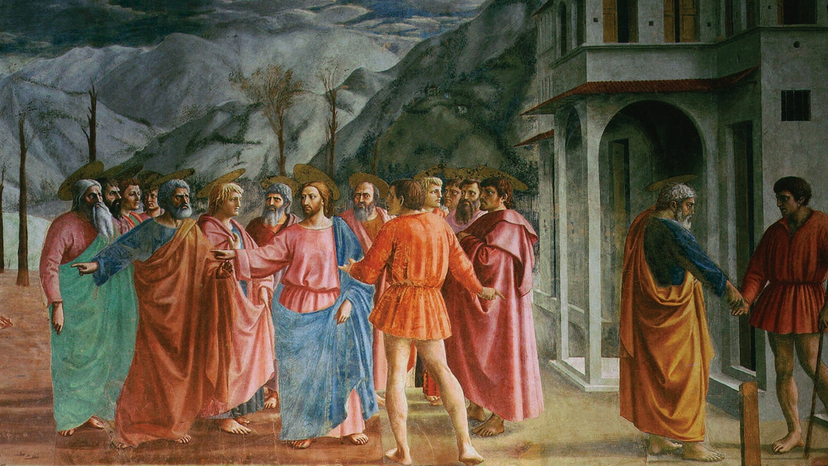
The Tribute Money is a fresco painting by Masaccio. He created it for the Brancacci Chapel in Florence. It is said to portray a scene from the Gospel of Mathew, where Jesus instructs Peter to find a coin in a fish’s mouth for paying the tax on the temple. This painting is part of the reason why Masaccio is considered an early Renaissance pioneer; it displays techniques of perspective and shadowing which other painters of his time didn't know.
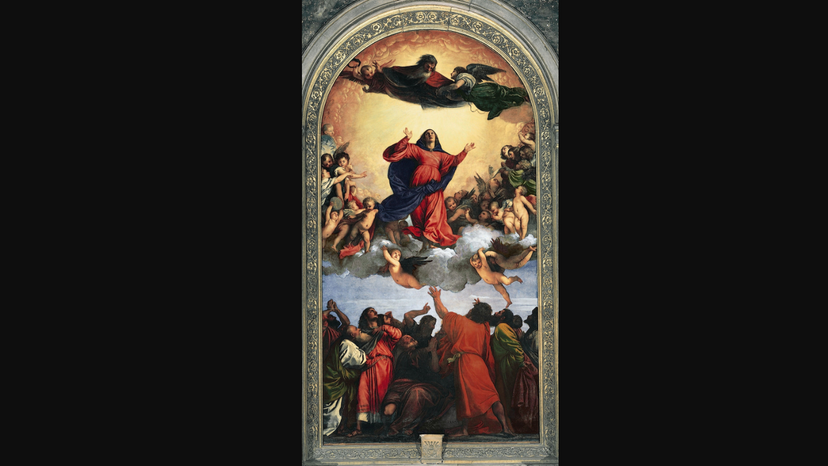
The Assumption of the Virgin Mary, also called the Frari Assumption, is a large oil painting by Titian, which was created between 1515 and 1518. Specifically designed for the altar of the Basilica di Santa Maria Gloriosa del Frari in Venice, it depicts Mary ascending to Heaven, using Titian's trademark vivid colors.
Advertisement

The Baptism of Christ is an oil on wood painting by Andrea del Verrochio and Leonardo da Vinci. Painted between 1472 and 1475, it can currently be found at the Uffizi Gallery. It depicts Jesus Christ being baptized by John the Baptist. Verrochio, who was Da Vinci's teacher, created the majority of the painting, but Da Vinci finished it.
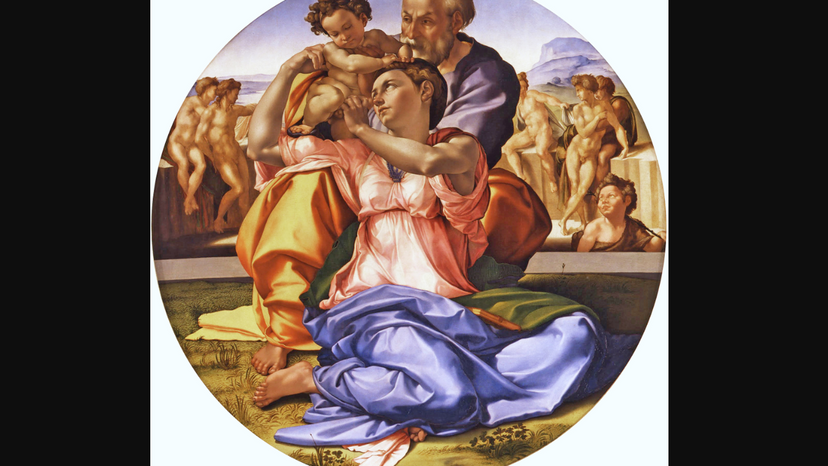
Doni Tondo, sometimes called Doni Madonna, is an oil and tempera panel painting by Michelangelo. Said to be commissioned by Agnolo Doni to commemorate his marriage, it can now be seen at the Uffizi in Florence, still in its original frame. It depicts the Holy Family in the tondo, or "round" style.
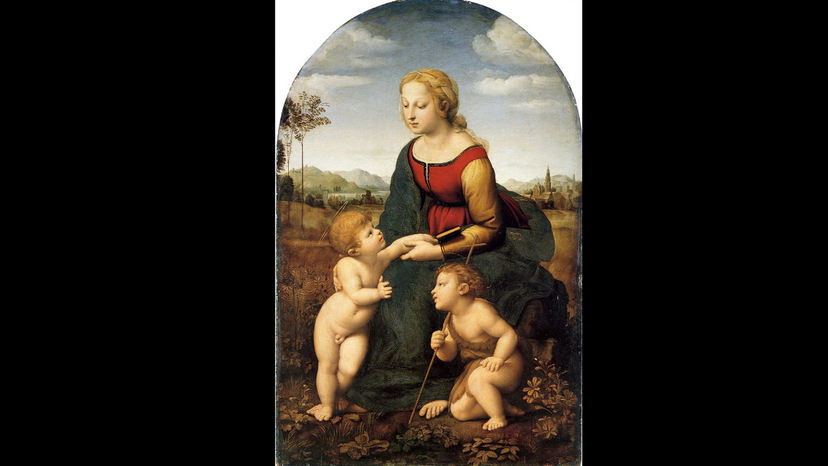
La Belle Jardinière, sometimes called Madonna and Child with Saint John the Baptist, is an oil on panel painting by Raphael. It shows Mary interacting with younger versions of Jesus Christ and John the Baptist. John the Baptist and Jesus are said to be cousins, a fact that captured the imagination of Renaissance painters, as they frequently created paintings depicting the pair as youth. La Belle Jardinière is currently housed at the Louvre in Paris.
Advertisement
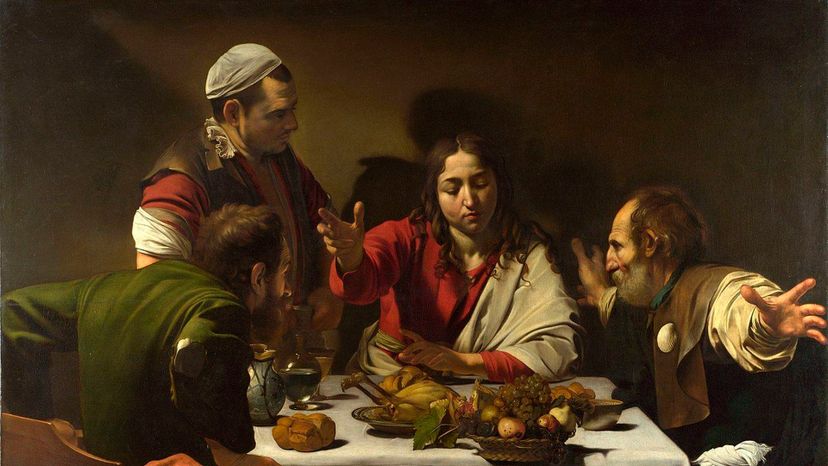
The Supper at Emmaus is an oil on canvas painting by Caravaggio, painted in 1601. The painting, which is located at the National Gallery in London, depicts Jesus Christ revealing himself to two of his disciples in the town of Emmaus.